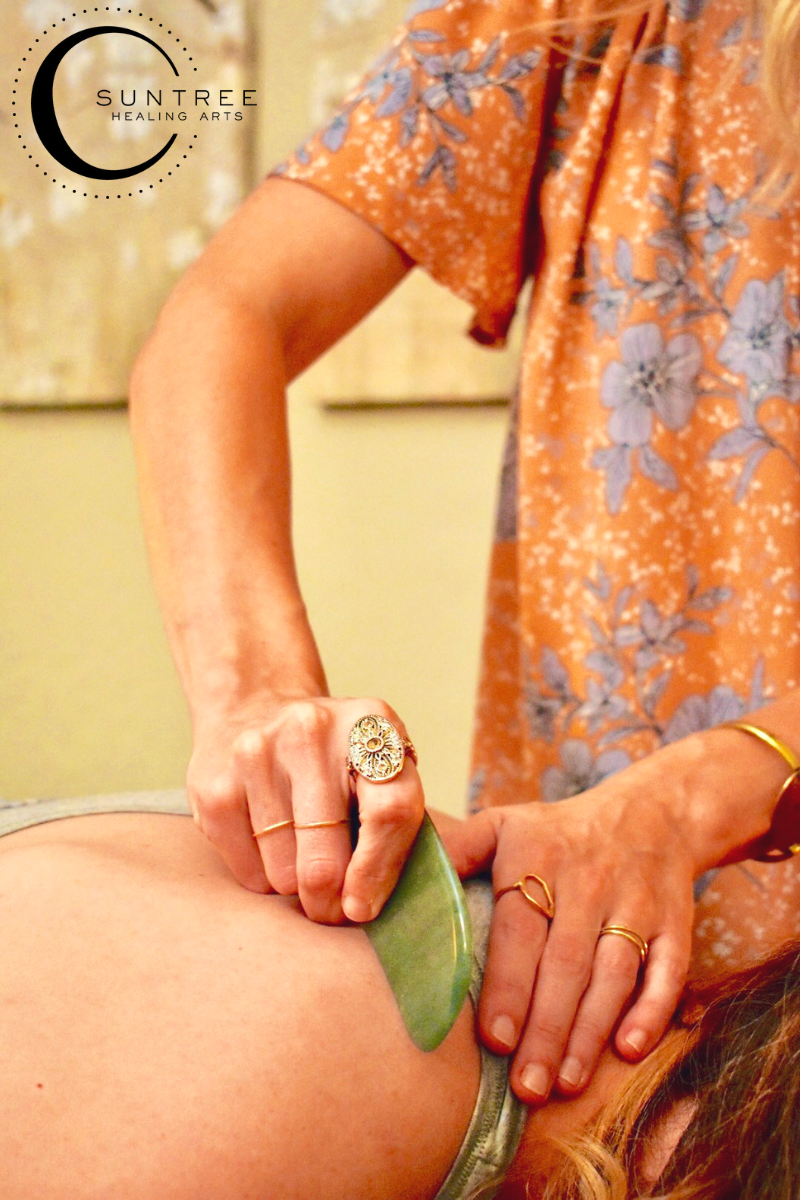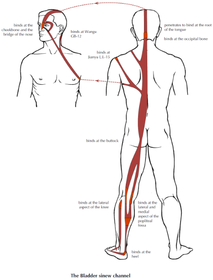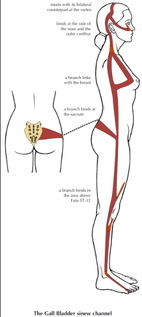|
by Cailin O'Hara, MAcOM, LAc, Dipl OM When you’re in pain, you want to the know the way out of it… as quickly as possible. But how do you know what will work? What’s the right thing to do? The Flow How I Treat Pain If you’re seeking “alternative” treatments for pain, you likely have many questions. I will explain how I treat pain in my practice and what you can expect if you come to see me for help. 1) We start with an in-depth consultation and evaluation.This means I ask you questions about your pain, how it started, what you’ve tried. But I also ask you about all other systems as well- digestion, moods, lifestyle, sleep, energy, etc. This way we can capture the whole picture of your current health and well-being. ... 2) I utilize tongue and pulse diagnosis.Feeling the pulses and evaluating the tongue are diagnostic methods in Chinese medicine to further explore physiology, imbalance and emotional states. I also dial in with my intuition while feeling pulses (which seems to be one of my superpowers) and can detect pain pathways, emotions and other important aspects of your health. ... 3) I evaluate your posture and musculature.Your structural alignment, or lack there of, reveals where imbalances lie that can contribute to, or even be the root of, physical pain. I observe your posture, alignment and tension patterns in your muscles to better understand what is implicated in your pain. I also help you to become aware of these imbalances so you can begin gently correcting postural problems on your own. ... 4) I devise your treatment.After the consultation and evaluation, we have a clear idea of how to get started with your treatment and care. I consider your overall health, based on our findings, and diagnose your pain patterns using Chinese medical theory. In your diagnosis, I will also include any other symptoms or complaints you may have. This means that treatments will not only alleviate pain but also help heal other underlying imbalances. (Bonus! Who doesn’t like more energy and better sleep, anyway?) ... 5) Treatment.Your treatment is tailored very specifically to you. With this medicine, there is no one size fits all treatment for pain. I’m also a less is more kind of provider. So, this means that I choose the most effective treatments while remaining minimal in intensity (aka gentle, soothing, relaxing treatments are my style; painful and intense are not). During treatments, I will use some combination of my treatment offerings including acupuncture, Acutonics tuning forks, cupping, gua sha and sound healing. ... 5) Home recommendations and treatment plans. I often recommend simple things you can do at home or throughout the day to help ease your pain (Epsom salt foot soaks are a favorite). I also explain my recommended number of treatments, expectations for our progress, and anticipated results. In general in my practice:
... 6) What you can expect.Most pain significantly reduces after a couple of treatments. Sometimes it’s 1-2 treatments and we’re done! For others, it can be weekly sessions for 4-8 weeks. Often, patients will come in monthly after that or as needed if pain flares. If we don’t make the progress I expect with our treatments, I reconsider your diagnosis and may need to refer out for imagining or a second opinion. I’m always amazed how well this medicine works to treat pain. I also love how the treatments themselves don’t hurt and are, in fact, very relaxing. It’s a win-win scenario! If you're in pain, give Chinese medicine a try.
0 Comments
Exploring the Connectedness of the Body At Sun Tree Healing Arts, we refer to our medicine as“body-centered medicine.” It means that we treat the body in order to affect the entire being. Acupuncture, cupping and massage are some treatments that offer this benefit. But how does it work? It works through the interconnectedness of the body. The reality is that every aspect of you is interrelated. So, through using a system of medicine that works specifically with the body (i.e. acupuncture), we can affect all levels of physiology- from cellular to muscular to hormonal to emotional and so on. Plus, treatments like acupuncture have one MAJOR benefit: it generally doesn’t have any unwanted side-effects. Sounds too good to be true, I know. Good Enough to be True I was very unwell when I eventually tried acupuncture. I had no Western medical options left, but I didn’t stop searching for answers. That being said, I was HIGHLY skeptical of acupuncture. I thought, “how can something so simple actually help me if everything else I’ve tried hasn’t?” I had tried it all- medications, expensive imaging, thousands of dollars’ worth of supplements, and more. Even then, it took me nearly a year of being persuaded by a friend to finally try acupuncture. After my first treatment, I got off of the table feeling different in a way I couldn't explain. I also started feeling better. Since then, acupuncture and Chinese medicine have improved my health in countless ways. Interconnectedness 101 Let’s take a look at these two images below. In Chinese medicine, they are referred to as “sinew channels.” They are related to other terms you may have heard of: acupuncture channels, meridians, or pathways. Neck pain, back pain, shoulder pain and sciatica are linked to these channels. You can see why, right? Here's one really cool feature about working with these channels: since everything is connected, you don't have to treat the area of pain directly! In fact, some of the best places to treat back pain or sciatica aren’t located anywhere near the back. Acupuncture points in the lower legs and feet successfully treat many types of pain. It’s Not Just About Physical Pain One big misconception about treatments like acupuncture, cupping and massage is that they only treat physical or musculoskeletal pain. While they are effective treatments for pain, they can treat infinitely more conditions than you probably realize- anxiety, insomnia, allergies, IBS, PMS and sexual dysfunction, to name a few. There are many more pathways in the body than the ones in the images above, and they are linked to all facets of our physiology like: heart and lung function, gastrointestinal health, and brain chemistry. Much of the research around acupuncture explores these connections. Explore the web and you'll find countless studies! Stay tuned for explanations that explore healing the emotions with body-centered medicine. -Cailin O’Hara, MAcOM, LAc, Dipl OM |
AuthorDr. Cailin O'Hara, DACM, Dipl OM, LAc, is a nationally board certified Doctor of Chinese Medicine and Acupuncture, intuitive and coach. She is based in Phoenix, AZ, and works with clients worldwide. Archives
March 2022
Categories
All
|




 RSS Feed
RSS Feed